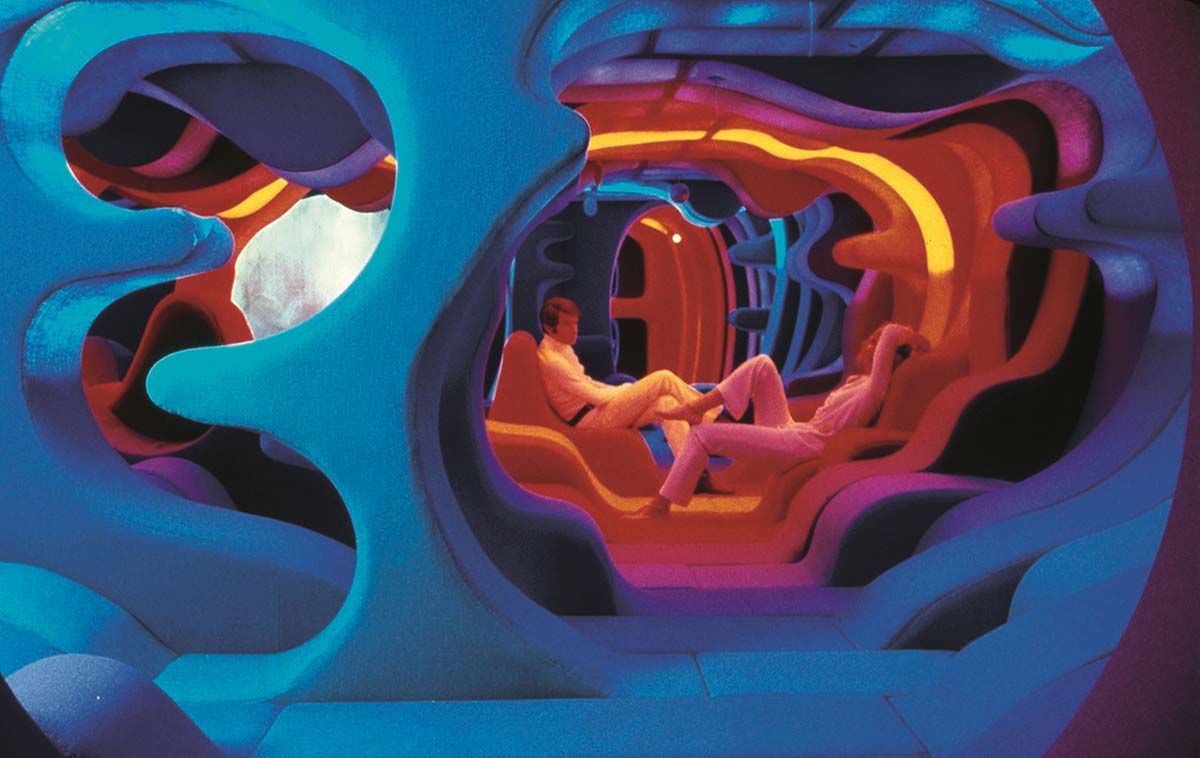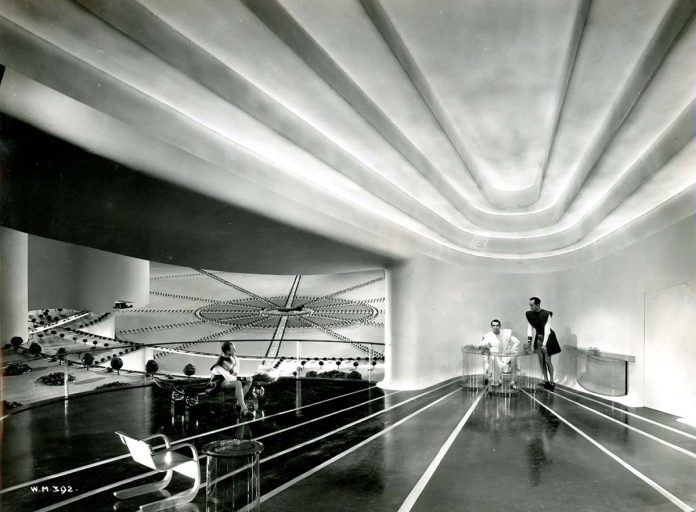An exhibition has just opened at the Vitra Schaudepot in Weil am Rhein that touches on a fascinating subject – the relationship between design and the idea of the future. Under the artistic direction of designer Andrés Reisinger, Science Fiction Design – From Space Age to Metaverse (through May 11, 2025) features more than 100 objects from the museum’s collection, ranging from the 1960s to the present.

Design has always been confronted, more or less consciously, with the future that it helps to shape. At the beginning of the twentieth century, when steel structures began to allow new forms for buildings, experimentation became bolder: as houses changed, the objects inside them often changed as well.

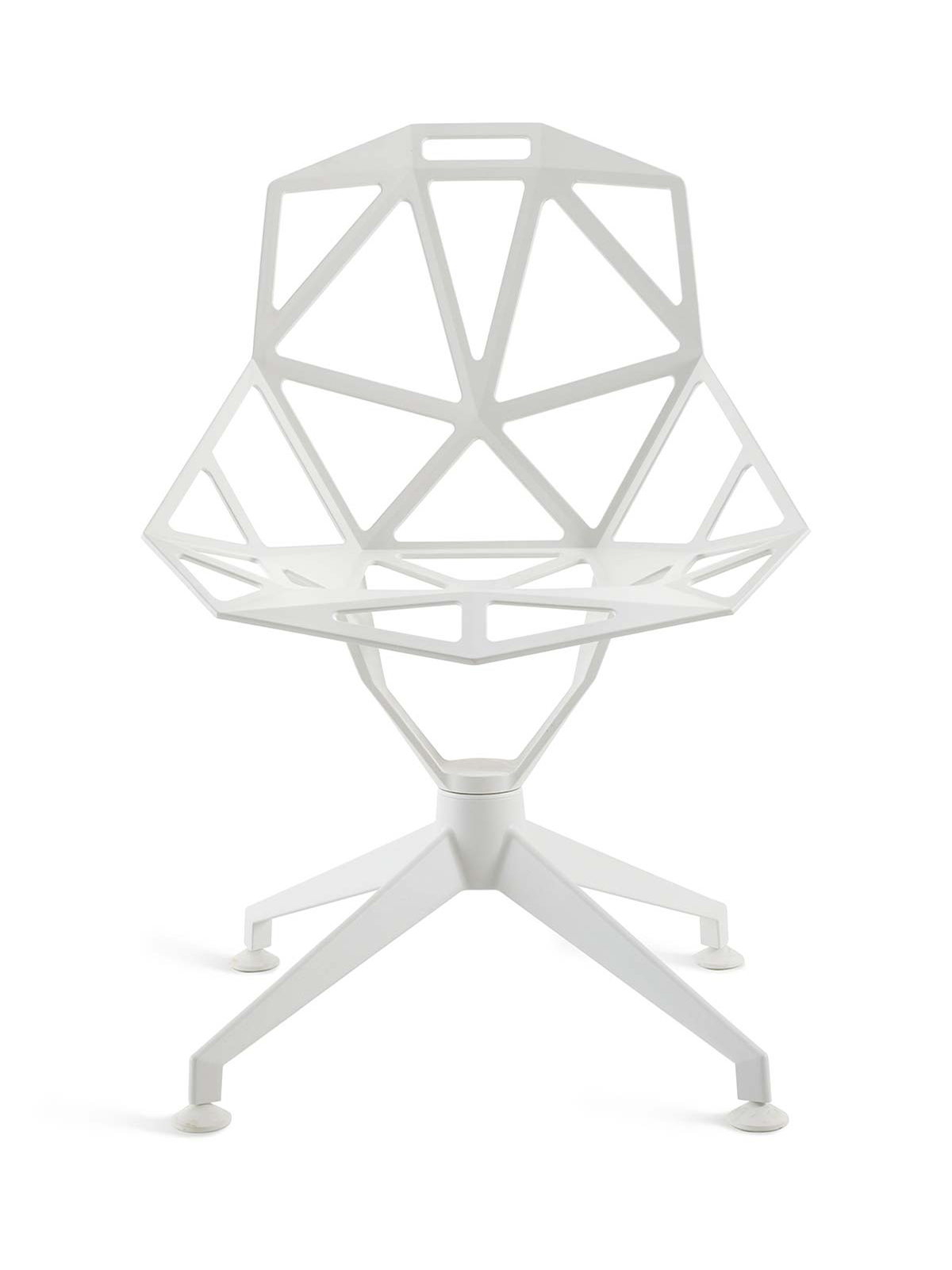
But the real fall in love with the future comes after the Second World War, with the first launches of space satellites. Science fiction, a literary genre popular since the nineteenth century, became popular: on paper, but even more so on film.
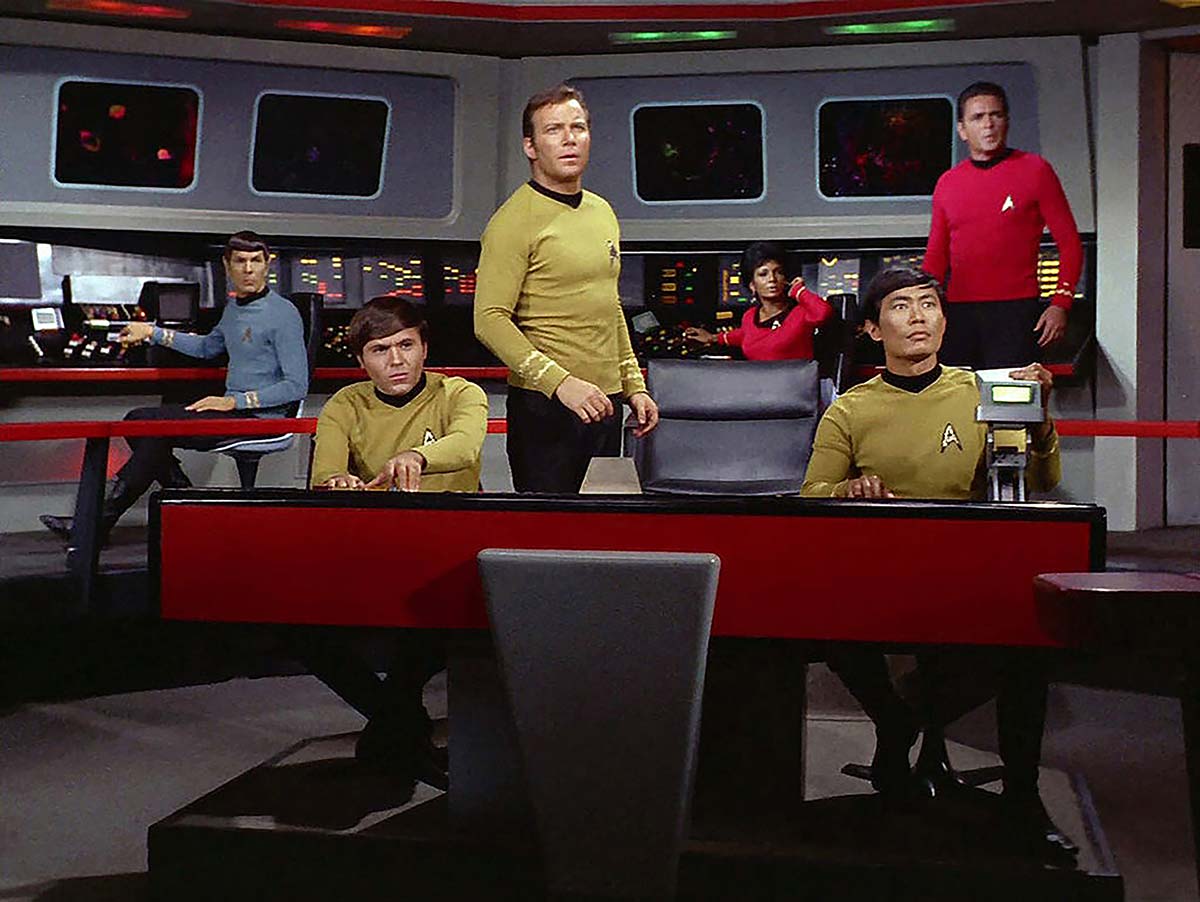
Many designers, such as Eero Aarnio, Luigi Colani, Joe Colombo, and Verner Panton, began to think about living environments that not only looked futuristic, but also reflected a general rethinking of modern lifestyles. Inspired by the technology of space travel, the work of these designers often ended up in film productions: Olivier Mourgue’s Djinn chairs in Stanley Kubrick’s 2001: A Space Odyssey (1968); Ettore Sottsass’s Ultrafragola mirror in the screenplay A for Andromeda, broadcast on Italian state television in 1972.
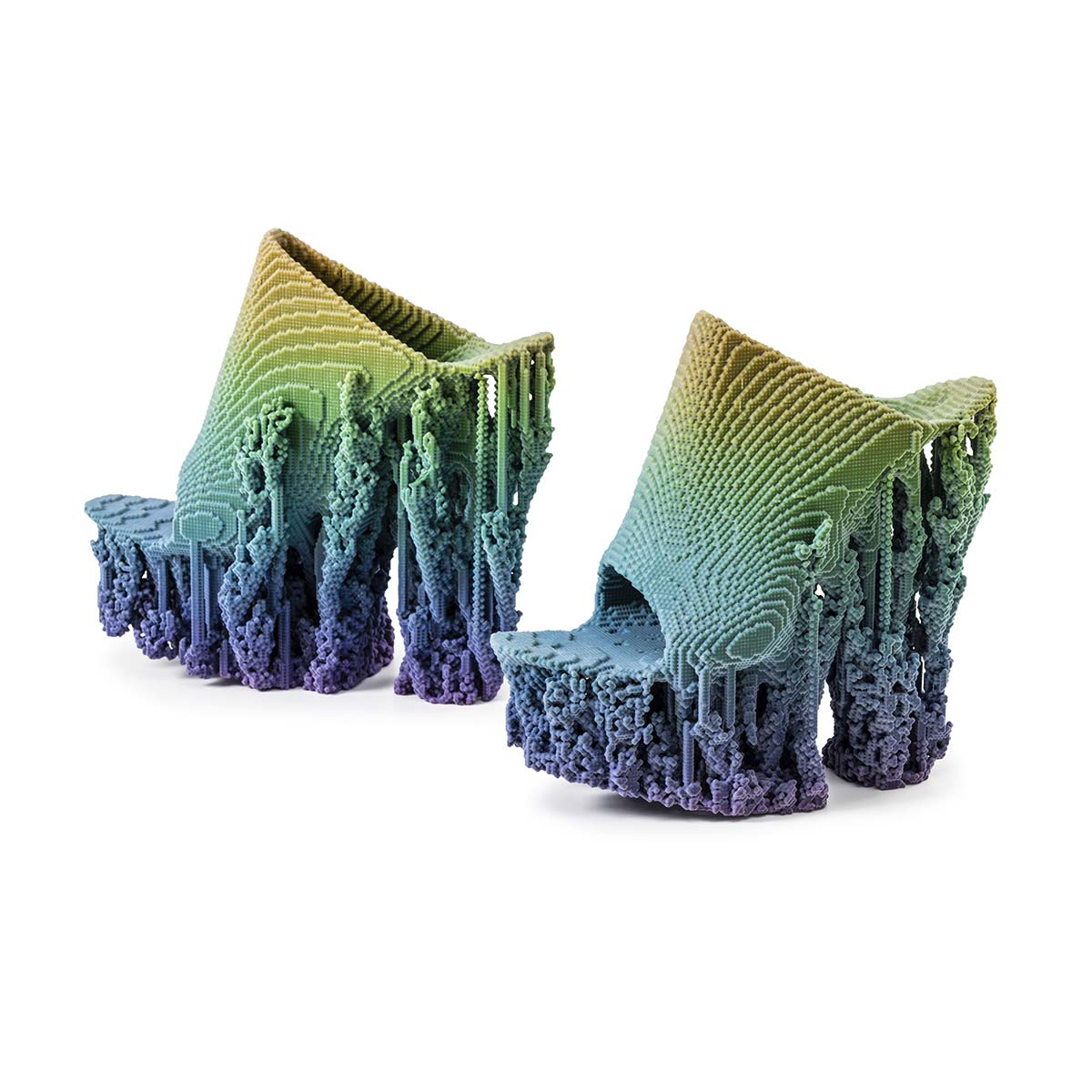
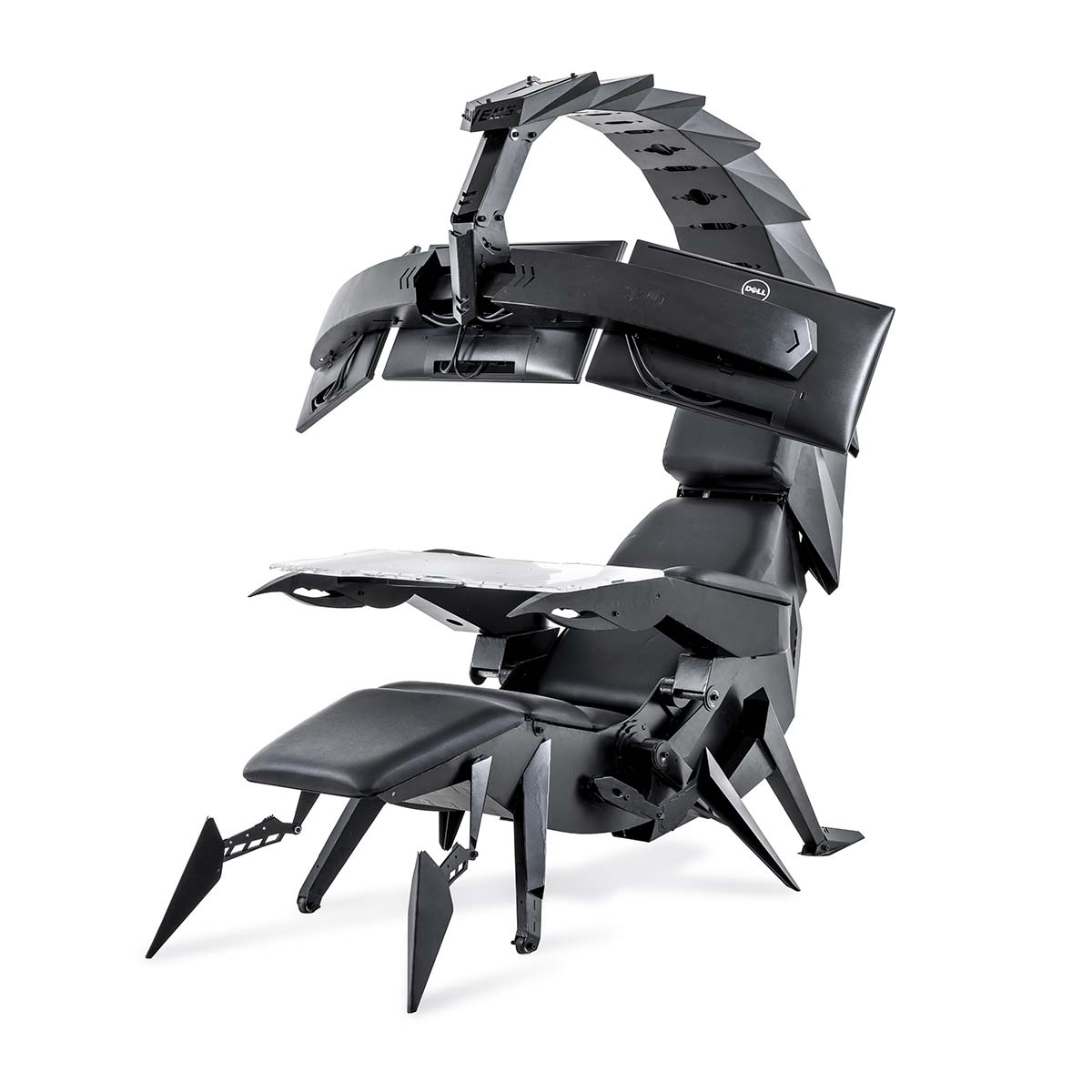
The possibilities offered by computer-aided design and 3D printing have contributed to the rebirth of a futuristic aesthetic, from which new classics have emerged, such as Joris Laarman’s Aluminum Gradient Chair (2013), the first 3D-printed metal chair. Then came the metaverse, which for a new generation of young designers seems to be evolving into what the cosmos was in the 1960s: a new space for projections and experiments, a place for free thinking that can be filled with new ideas and concepts. One of the brightest representatives of this group is in fact Argentinian Andrés Reisinger, the author of the first piece of furniture to move from the digital world to the real one: the Hortensia Chair (2018), first developed as an NFT and then put into production by the Dutch company Moooi.


“As soon as I was invited by the Vitra Design Museum to work on this exhibition, I knew I wanted to incorporate the themes of Argentine fantasy writer Jorge Luis Borges, whom I’ve long admired”, Reisinger explains. “A central motif in his work is mirrors, symbolic of portals to alternate realities. With this in mind, I resolved to honor Borges by making mirrors focal points of the exhibition, utilizing them to reflect and evoke multiple realities and timelines intertwining, creating a new dimension within our contemporary world. I am thrilled with what we have achieved with this exhibition, which speaks of a time and a space that truly knows no time and space.”
For all photos unless otherwise stated © Vitra Design Museum
